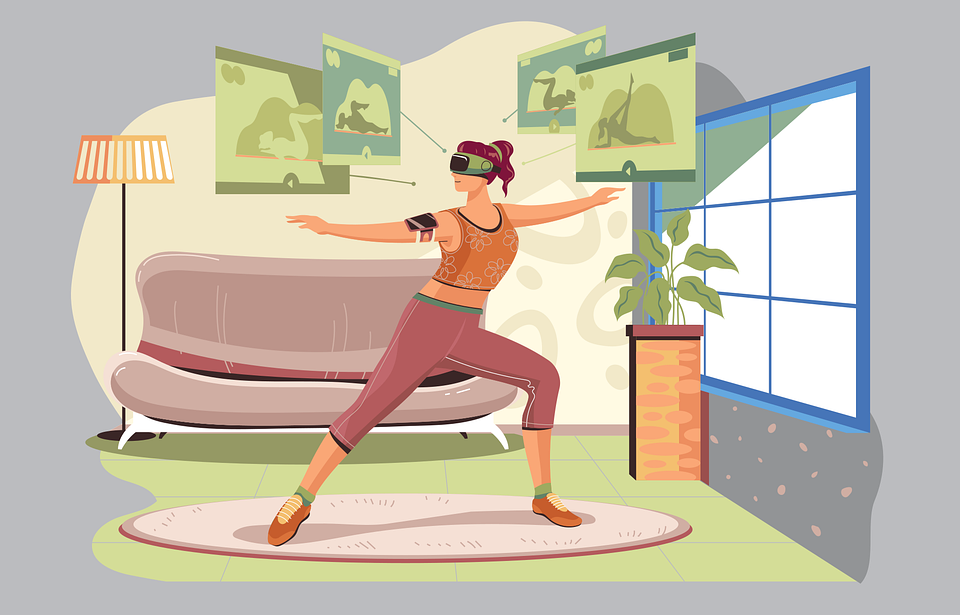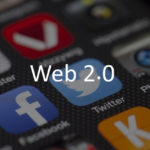The world of digital media is a vast and ever-changing one. From print to broadcast, from social media to multimedia – the options are endless. But if you’re trying to make sense of it all, here are some things you should know:
Digital media is any form of communication that uses computer technology as its base. This includes everything from emailing your grandparents a video clip from YouTube to scrolling through Facebook on your phone while waiting for the bus, or reading an article about how Pokémon GO is affecting society today in The New York Times. There’s no limit to what can be accomplished with a little bit of creativity!

For those looking for more information on each type of digital mMedia out there – read on!
A digital media file can be a word document, a video, a .pdf, or a picture. A digital media file is any kind of computer-based content that you can share with someone else – either online or offline.
Table of Contents
Different Types of Digital Media
Print Media
This type of media is made up of physical copies that can be picked up from places like a bookstore or library. It includes books, magazines, and newspapers. This type of media was prevalent before the invention of computers and television sets, but it still remains in our society today.
Print media is a great way to read a book or magazine without any distraction from your tablet or phone. Print media also has the advantage of being easy to borrow from libraries and other public spaces.
Broadcasting
Broadcasting is when you broadcast your message over radio waves to many people at once instead of one person at a time. A good example would be listening to the radio or watching television.
Broadcasting has been around since the 1920s and is used by many companies to share information about their products with potential buyers.
This type of media has recently become more popular with the invention of the television set, movie theaters, and radio. Broadcast media can be accessed through your TV, computer monitor, phone screen, or even through your ears!
This type of media is what you watch or listen to when you turn on the TV or tune into your favorite radio station. It includes things like movies, televisions shows (including commercials), sports games, comedy albums, music videos, etc.
Social Media
Social Media consists of websites that are either entirely devoted to socializing, like Facebook, or have multiple functions, like Twitter. Social media allows people to stay in touch no matter where they are or what time it is because most social media sites operate 24 hours a day/7 days a week.
Many businesses use this type of Digital Media as well because it’s an effective way to advertise themselves globally. But be careful! It’s important not to let your business overshadow your actual customers, so you should always monitor your following closely.
Multimedia
This is a mix of multiple types of digital media into one form, like an online photo gallery or an animated e-card. Multimedia provides users with entertainment and information at the same time, which is why it has become increasingly popular over the last few years.
Gaming Digital Media
Companies have been using this type of digital media in a variety of ways for a long time, but it’s only in the last few years that it has become more popular.
There are two main reasons behind this: First, mobile technology has made sharing much easier. Second, the increased use of social media makes people feel connected with people all over the world (and sometimes even their favorite celebrities!).
This type of digital media is interactive, like video games. Since it provides the user with entertainment and stimulation, three-dimensional (3D) models are becoming more popular in this area.
Virtual Reality and Augmented Reality
This is a type of digital media that mixes real life with a computer-generated world. It’s a mixture of movies and video games! When the user wears special glasses or moves through a certain space, they can see images from either pre-recorded scenes or computer models.
Virtual Reality uses 3D models to create an environment where everything is computed. Augmented Reality uses information from the world around you to create an environment where everything is rendered in 3D (like Pokémon Go!).
Since VR came out, there has been a lot of talk about potential dangers like nausea and dizziness, but these problems will likely be fixed in the near future with the help of more research and development.
Conclusion
There are many different types of digital media, but all of them deliver information to their audiences in some way! Learning about these different types will help you understand the modern world around you.





